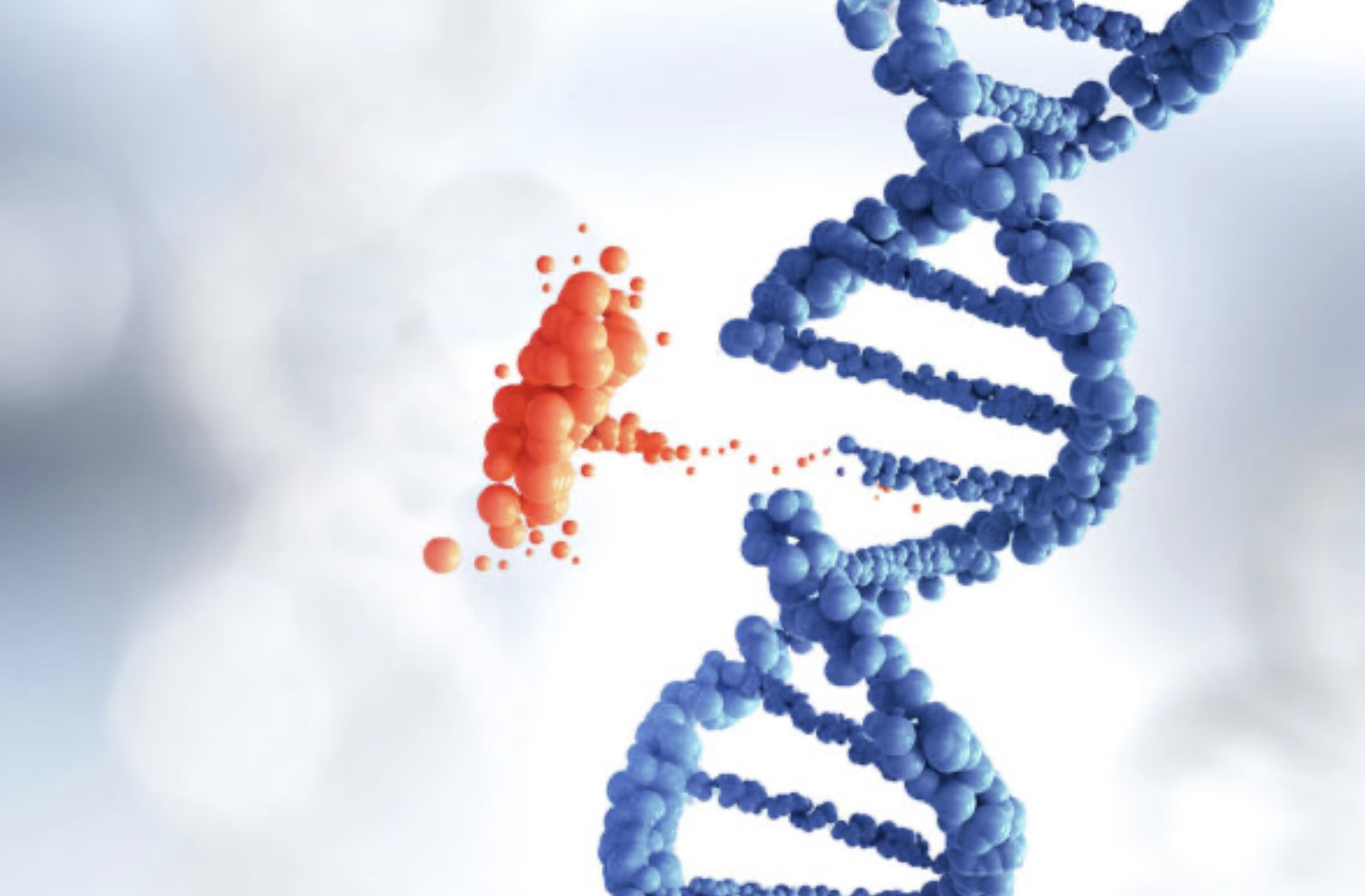Nail Patella Syndrome: Symptoms, Causes, Treatment
What are the symptoms of Nail Patella Syndrome?
Nail Patella Syndrome, also known as NPS or Fong disease, is a genetic condition that primarily affects the nails, knees, elbows, and pelvis. Symptoms can vary widely among individuals, but common features of Nail Patella Syndrome may include:
- Nail Abnormalities: Abnormalities of the nails are a hallmark feature of Nail Patella Syndrome. These may include nails that are missing (hypoplastic), poorly developed, or have a triangular shape. Some individuals may have absent nails (anonychia) or nails that are easily damaged.
- Skeletal Abnormalities: Nail Patella Syndrome can affect the development of the bones, particularly in the knees, elbows, and pelvis. Common skeletal abnormalities may include:
- Hypoplastic patellae (underdeveloped kneecaps) or absent patellae
- Elbow abnormalities, such as limited range of motion or underdeveloped bones
- Hip abnormalities, such as hip dysplasia or hip dislocation
- Kidney Abnormalities: Some individuals with Nail Patella Syndrome may have kidney abnormalities, including:
- Proteinuria (excessive protein in the urine)
- Glomerulonephritis (inflammation of the kidney’s filtering units)
- Kidney failure (in severe cases)
- Eye Abnormalities: Some individuals with Nail Patella Syndrome may have eye abnormalities, such as glaucoma or cataracts.
- Muscle Weakness: Some individuals with Nail Patella Syndrome may experience muscle weakness, particularly in the hips and thighs.
- Joint Problems: Joint problems, such as arthritis or joint pain, may occur in individuals with Nail Patella Syndrome, particularly in the knees and elbows.
- Other Features: Other features of Nail Patella Syndrome may include short stature, scoliosis (curvature of the spine), and hearing loss.
It’s important to note that the severity and combination of symptoms can vary widely among individuals with Nail Patella Syndrome. Not all individuals will experience all of the symptoms listed above, and the condition can range from mild to severe. Management of Nail Patella Syndrome typically involves monitoring and treating associated complications, such as kidney problems or joint issues, as they arise. Consult a professional if you show symptoms of the syndrome.
What are the causes of Nail Patella Syndrome?
Nail Patella Syndrome is caused by mutations in the LMX1B gene, which is responsible for providing instructions for making a protein that plays a role in the development of several tissues and organs, including the nails, knees, elbows, and kidneys. Mutations in the LMX1B gene can result in a variety of abnormalities and developmental issues, leading to the characteristic features of Nail Patella Syndrome.
Nail Patella Syndrome is inherited in an autosomal dominant pattern, which means that a person only needs to inherit one copy of the mutated gene from either parent to develop the condition. However, in some cases, Nail Patella Syndrome can occur sporadically, meaning that there is no family history of the condition and the mutation arises spontaneously.
Because Nail Patella Syndrome can affect multiple systems in the body, individuals with the condition should receive comprehensive medical care from a team of healthcare providers, including specialists in orthopedics, nephrology, and ophthalmology, to monitor and manage any associated complications.
What is the treatment for Nail Patella Syndrome?
Treatment for Nail Patella Syndrome typically focuses on managing the symptoms and complications associated with the condition. Because Nail Patella Syndrome can affect multiple systems in the body, treatment may involve a multidisciplinary approach and may include the following:
- Orthopedic Care: Individuals with Nail Patella Syndrome may benefit from orthopedic care to manage skeletal abnormalities, such as underdeveloped kneecaps (patellae) or limited range of motion in the elbows. This may involve physical therapy, bracing, or surgery to improve function and mobility.
- Kidney Monitoring: Because Nail Patella Syndrome can affect the kidneys, individuals with the condition should receive regular monitoring of kidney function. This may include urine tests to check for proteinuria (excessive protein in the urine) and blood tests to assess kidney function.
- Management of Eye Abnormalities: Some individuals with Nail Patella Syndrome may develop eye abnormalities, such as glaucoma or cataracts, which may require monitoring and treatment by an ophthalmologist.
- Pain Management: Individuals with Nail Patella Syndrome who experience joint pain or arthritis may benefit from pain management strategies, such as medication or physical therapy, to help manage pain and improve quality of life.
- Genetic Counseling: Because Nail Patella Syndrome is inherited, individuals with the condition and their families may benefit from genetic counseling to understand the inheritance pattern and risks of passing the condition to future generations.
- Other Treatments: Depending on the specific symptoms and complications experienced by an individual with Nail Patella Syndrome, other treatments may be recommended. These may include treatment for kidney problems, management of muscle weakness, or interventions for other associated complications.
It’s important for individuals with Nail Patella Syndrome to receive comprehensive medical care from a team of healthcare providers familiar with the condition. Treatment plans should be individualized based on the specific symptoms and complications experienced by each person, and regular monitoring is important to address any new or changing issues.




